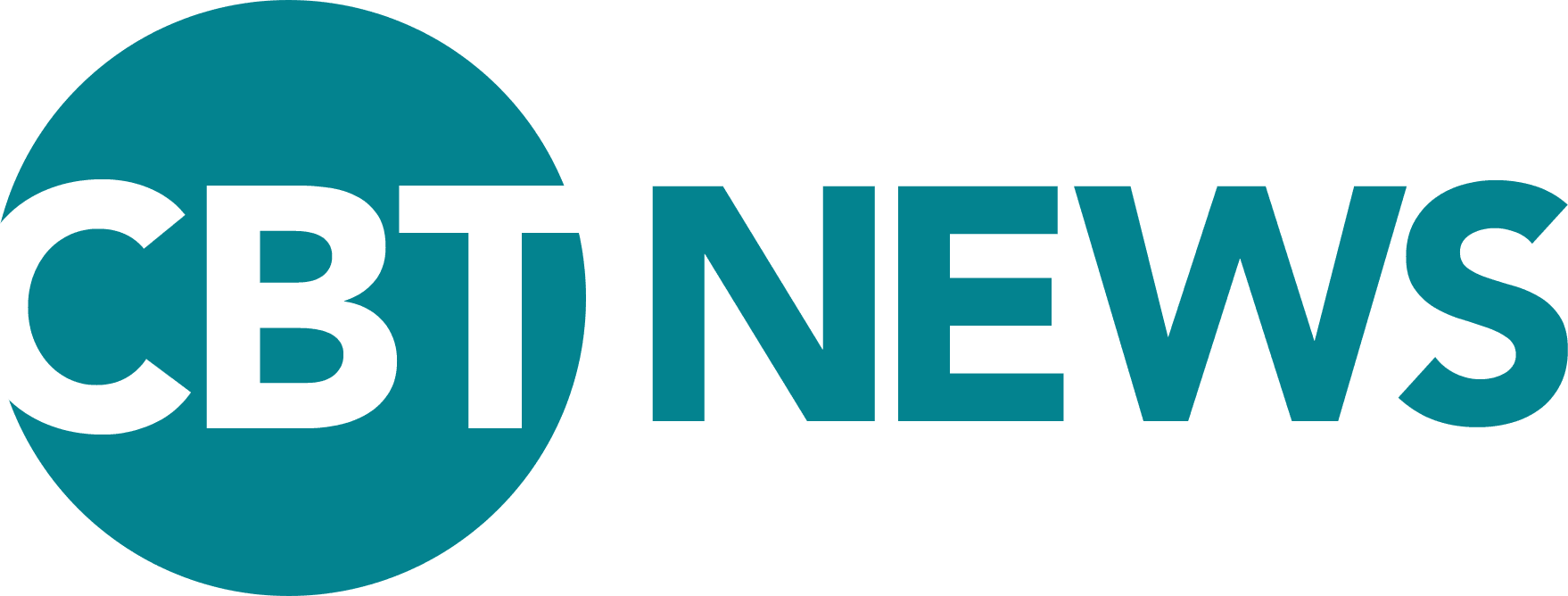As tariff uncertainty continues to shake the auto industry, dealership leaders are focused on protecting profitability and maintaining customer trust. On today’s episode of Inside Automotive, Chris Saraceno, Vice President and Partner at Kelly Automotive Group, and Adam Marburger, President and CEO of Ascent Dealer Services, join us to explore how dealerships can respond to margin pressure, fixed ops opportunities, and the evolving F&I landscape.
Dealers are navigating a turbulent second quarter in 2025, with inventory levels, OEM guidance, and consumer confidence all in flux. Saraceno notes that he expects “80% of this [tariff disruption] to be gone by the end of the summer,” expressing confidence that negotiations will lead to a resolution. Still, the lack of clarity from automakers has left dealers in wait-and-see mode, with some OEMs better positioned than others. For example, Toyota’s inventory remains lean, while Nissan and Ford have ample stock, Saraceno said.
To adapt, Kelly Auto Group has intensified efforts to acquire used cars directly from customers, offering $500–$1,500 more on appraisals made within the last 60 days to remain competitive in a tight wholesale market. “At the auction… if you win the car, you paid the most,” Saraceno remarked, pushing his team to buy from service lanes and offer higher incentives to sales consultants acting as acquisition agents.
“The highest-performing F&I stores are those that have a legitimate written, duplicable process that’s held accountable.”– Adam Marburger
Meanwhile, Marburger highlighted how margin compression is forcing dealerships to maximize every profit center, especially in F&I. Dealers must now target an additional $300–$500 per transaction from F&I to offset softening front-end profits. Notably, he urges leaders to revisit their internal structure.
The pair also discussed longer-term financing trends, such as 84- or 96-month loans, and their impact on customer retention, with concerns that buyers may now hold onto vehicles longer, thereby delaying future sales cycles.
“Go visit other dealerships. Learn from people who are doing it better.”– Chris Saraceno
Both guests emphasized that dealership success hinges on leadership, consistent training, and a culture of continuous improvement. Saraceno recommended that every staff member strive to be “this much better than you were the day before,” adding that top performers often draw 70% of sales from referrals, repeat customers, and personal branding. He also emphasized the importance of studying high-performing stores and replicating their best practices.
Despite challenges, both leaders were optimistic. Saraceno reported a strong close to March and a solid April, attributing the success to operational adaptability, creative inventory sourcing, and maintaining morale across his 500-person team.


